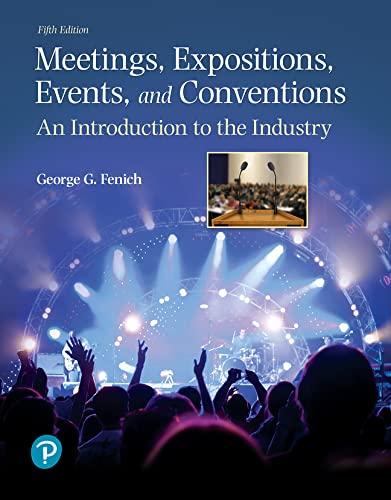

Mortgages, loans taken to purchase a property, involve regular payments at fixed intervals and are treated as reverse annuities. Mortgages are the reverse of annuities, because you get a lump-sum amount as a loan in the beginning, and then you make monthly payments to the lender. You've decided to buy a house that is valued at $1 million. You have $100,000 to use as a down payment on the house, and want to take out a mortgage for the remainder of the purchase price. Your bank has approved your $900,000 mortgage, and is offering a standard 30-year mortgage at a 10% fixed nominal interest rate (called the loan's annual percentage rate or APR). Under this loan proposal, your mortgage payment will be per month. (Note: Round the final value of any interest rate in percentage form to four decimal places.) Your friends suggest that you take a 15-year mortgage, because a 30-year mortgage is too long and you will pay a lot of money on interest. If your bank approves a 15-year, $900,000 loan at a fixed nominal interest rate of 10% (APR), then the difference in the monthly payment of the 15-year mortgage and 30-year mortgage will be . (Note: Round the final value of any interest rate in percentage form to four decimal places.) It is likely that you won't like the prospect of paying more money each month, but if you do take out a 15-year mortgage, you will make far fewer payments and will pay a lot less in interest. How much more total interest will you pay over the life of the loan if you take out a 30-year mortgage instead of a 15-year mortgage? O $1,410,444.29 $1,101,909.60 $1,520,635.25 $1,300,253.33 Which of the following statements is not true about mortgages? Mortgages are examples of amortized loans. Mortgages always have a fixed nominal interest rate. The payment allocated toward principal in an amortized loan is the residual balance-that is, the difference between total payment and the interest due. The ending balance of an amortized loan contract will be zero. A series of cash flows may not always necessarily be an annuity. Cash flows can also be uneven and variable in amount, but the concept of the time value of money will continue to apply. Consider the following case: The Purple Lion Beverage Company expects the following cash flows from its manufacturing plant in Palau over the next six years: Year 1 Year 2 Annual Cash Flows Year 3 Year 4 $180,000 $300,000 Year 6 Year 5 $750,000 $250,000 $37,500 $725,000 The CFO of the company believes that an appropriate annual interest rate on this investment is 6.5%. What is the present value of this uneven cash flow stream, rounded to the nearest whole dollar? (Note: Do not round your intermediate calculations.) $467,500 $2,025,000 $1,694,292 $2,242,500 Identify whether the situations described in the following table are examples of uneven cash flows or annuity payments: Uneven Cash Flows Annuity Payments Description You recently moved to a new apartment and signed a contract to pay monthly rent to your landlord for a year. SOE Corp. hires an average of 10 people every year and matches the contribution of each employee toward his or her retirement fund. O Franklinia Venture Capital (FVC) invested in a budding entrepreneur's restaurant. The restaurant owner promises to pay FVC 10% of the profit each month for the next 10 years. o You have committed to deposit $600 in a fixed interest-bearing account every quarter for four years








